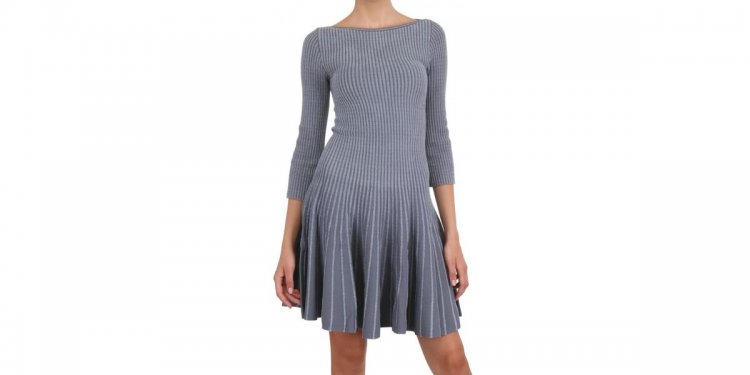
Rayon, viscose
 Rayon vs Viscose
Rayon vs Viscose
Cloth or textile is a material composed of thread or yarn that is used for clothing, bags, towels, bed covers, window shades, and other household and industrial uses. It is made from a variety of materials with cotton and silk as the most common.
Silk has been a very popular cloth since it was first developed in China, but it was very expensive so that people searched for a cheaper substitute for it. This led to the development of rayon, a processed fabric which was originally produced in France.
Rayon is a manufactured fiber which is neither natural nor artificial. Although it comes from cellulose, which occurs naturally in plants, it has undergone several chemical processes before it is turned into its present form. It is called a regenerated cellulose fiber because it is made with cellulose fiber which is reformed or reconstructed.
It is a highly absorbent fabric and is easy to dye. It can be woven or knitted to produce clothing such as skirts, shirts, and gowns, but it was originally developed for use in the making of home furnishings. It doesn’t do well with wear and tear, though, and tends to yellow with age and form small balls in rough areas. There are several types of rayon, namely; polynosic rayon, super-absorbent rayon, tencel rayon, Lyocell, and rayon with flame retardant and micro-denier fibers. The most common types of rayon are the high-wet modulus rayon and viscose rayon.
Viscose rayon is made from viscose, an organic liquid, which is used as a material in producing rayon and cellophane. It is also used to make art silk, modal, and synthetic velvet. It also has uses in the medical field, especially in the production of medical tools.
It is made by dissolving wood pulp or cotton linter in caustic soda and letting it soak for period of time after which it is shredded and aged. It is then treated with carbon disulfide to produce xanthate which is again dissolved in a low concentration of caustic soda and an acetate dope.
Viscose rayon feels like cotton and looks like silk which is suitable for making light clothing. It also drapes well and is used to make curtains, draperies, furniture covers, tablecloths, and napkins. It is cheap but needs maintenance because it can easily wrinkle.

















